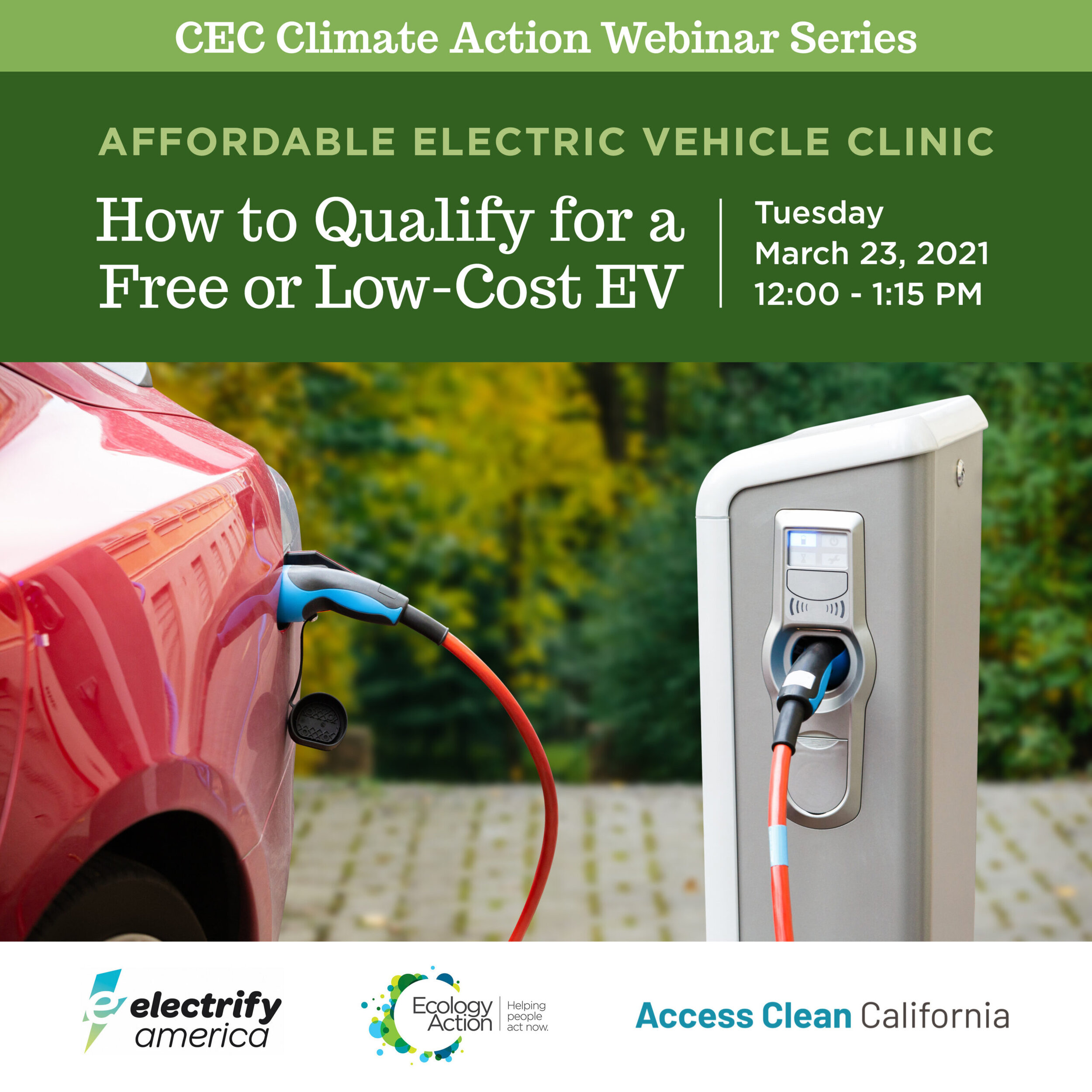
Blog
A space for learning.



WIN: All-electric new building construction is the future of Santa Barbara
On Tuesday, July 20, 2021, Santa Barbara City Council and Mayor Cathy Murillo voted unanimously to enact a new building ordinance prohibiting natural gas infrastructure in newly constructed buildings, with the exception of restaurants and applications where there isn't yet a viable electric alternative to gas. With this vote, the City takes an important step toward reducing greenhouse gas emissions and meeting our 2035 carbon neutrality goal.

WIN: AB1276 passes to help eliminate single-use plastics from take-out and delivery orders #SkipTheStuff
Thank you for helping pass AB1276! We now have a policy in place that requires that restaurants and online food delivery platforms list the accessories they provide so that customers can choose only what they need. This will help eliminate millions of tons of single-use foodware from entering the waste stream. Local jurisdictions are creating their own implementation strategies and CEC is working with the City of Goleta in the hopes that they will include an EPS (Styrofoam) ban in their plan.

Affordable Electric Vehicle Clinic: How to Qualify for a Free or Low-Cost EV
Join CEC’s Energy and Climate Programs Director Michael Chiacos and CEC’s Energy and Climate Associate Jen Hernández – both EV owners and industry experts – to learn which 100+ mpge electric vehicle or plug-in hybrid might be best for you. Michael shared his experience driving on sunshine since 2012. Jen, who leased a 2020 EV for $20/month, shared why the decision to drive electric was an easy choice for her family.

WIN: Help create a safer, more equitably accessible, and uninterrupted travel corridor for bicyclists and pedestrians
Santa Barbara’s Mayor and City Council members voted unanimously to uphold the appeal and support the Westside Community Paseos project. There were some conditions to their approval, mostly to ensure that the Historic Landmarks Commission members can support landscape design for the project and to improve the way that City staff bring these projects to their design review boards (including the Historic Landmarks Commission).
Approving the Westside Community Paseos project is a critical step for climate action, safer biking and walking, and clean transportation equity in Santa Barbara.

ÉXITO: Ayúdanos a crear una ruta de recorrido más segura, equitativamente accesible, e ininterrumpida para ciclistas y peatones
El alcalde de Santa Bárbara y los miembros del Consejo Municipal votaron unánimemente para defender la petición y apoyar el Proyecto Paseos de la Comunidad del Lado Oeste. Hubo algunas condiciones para su aprobación, principalmente para garantizar que los miembros de la Comisión de Monumentos Históricos puedan apoyar el diseño del paisaje para el proyecto y para mejorar la forma en que el personal de la Ciudad lleva estos proyectos a sus reuniones de revisión de diseño (incluida la Comisión de Monumentos Históricos).
Aprobar el Proyecto Paseos de la Comunidad del Lado Oeste es un paso crítico para la acción climática, andar en bicicleta y caminar de manera más segura y equidad en el transporte limpio en Santa Bárbara.

WIN: SB 100 signed into law
Your voice helped move California one step closer to a clean energy future. The 78 calls made by CEC's followers contributed to the passage of SB 100, which requires California to move to 100% carbon-free energy by 2045. It will next need to pass the Senate, and be signed by Governor Jerry Brown.
SB 100 calls for California to move to 100% Carbon Free Electricity by 2045. Amid rising concerns about the impacts of climate change, the California Assembly voted to pass the bill in late August. Next, it moved on to the Senate before landing on the desk of Governor Jerry Brown, who added on an executive order establishing a new target to achieve carbon neutrality, also by 2045.

Setting an Example for the Next Generation
Sue Selle was introducing her science students to ways they might reduce their carbon footprint -- including the many forms of alternative-fuel cars available in today’s market. Then came the question: "Ms. Selle, do you drive one of those cars?" The answer was no. She shared her reasons, but her words felt hollow. "I always try to be a role model to my students, to practice the environmentally-conscious actions that I teach about. I didn't like that I couldn't do that in this case."

Five Ways Colleges Are Coaxing Students Out of Their Cars
Like other schools across the country, the University of California, Santa Barbara (UCSB) has its own program to entice students, faculty, and staff to reduce driving and choose more sustainable modes of transportation. The Transportation Alternatives Program, or TAP, seeks to reduce traffic congestion, traffic emissions, and the demand for parking on campus and serves those who commute to UCSB by foot, skateboard, bicycle, bus, carpool, vanpool, or train.